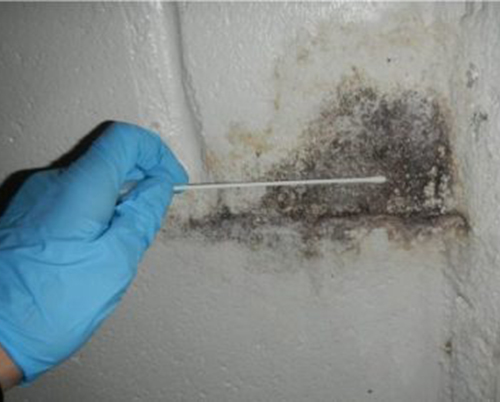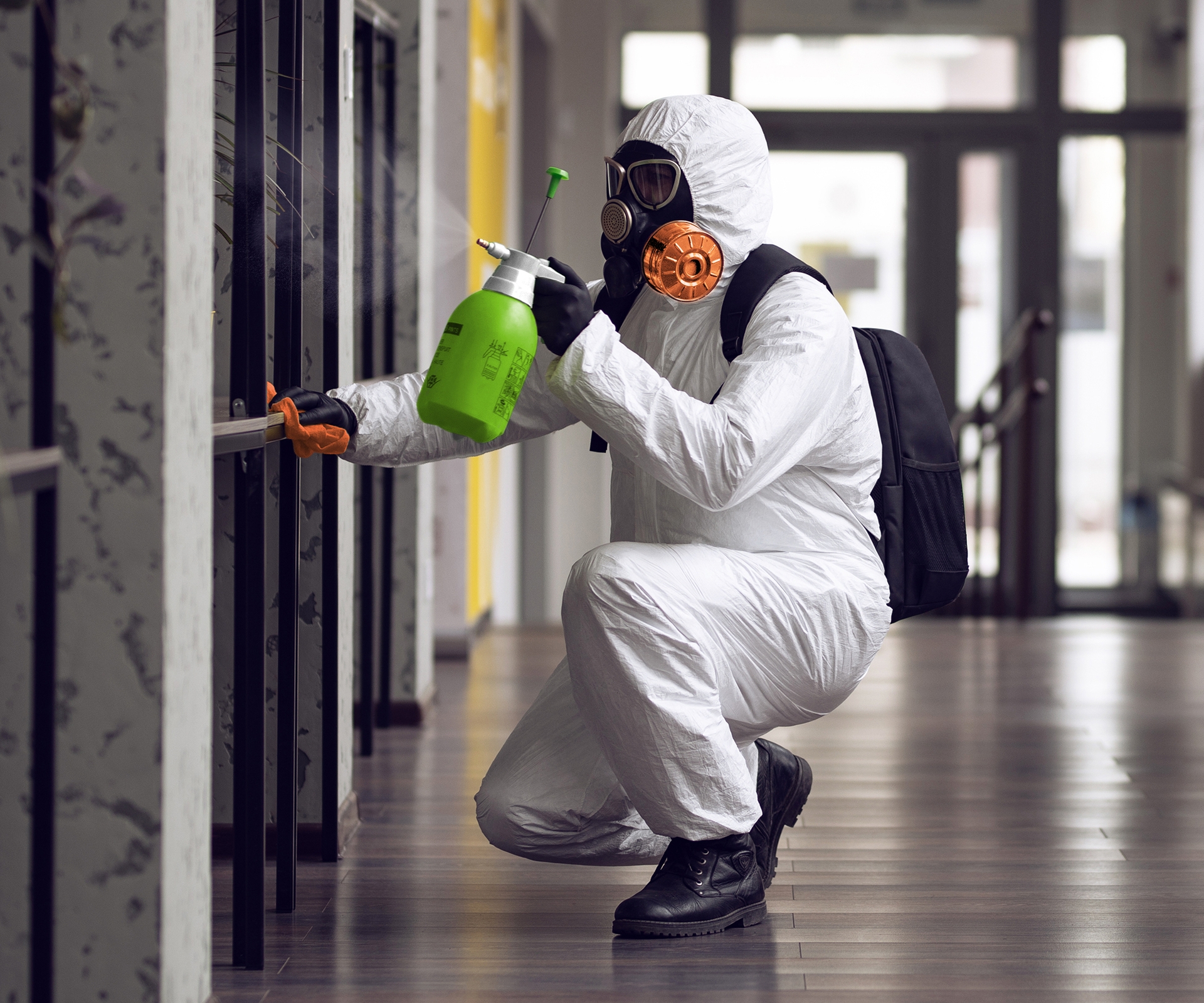Reliable Post Mold Remediation Cleaning Protocols
Reliable Post Mold Remediation Cleaning Protocols
Blog Article
Key Tips for Successful Post Mold And Mildew Removal
Addressing mold and mildew concerns in a prompt and efficient manner is vital for preserving a healthy and balanced interior setting. Efficiently completing mold and mildew remediation is a multifaceted process that calls for focus to detail and adherence to particular procedures. From evaluating dealt with locations to applying wetness control procedures, each step plays an essential function in ensuring the effectiveness of the remediation procedure. There are vital post-remediation actions that are just as crucial but frequently forgotten. These steps not only confirm the success of the remediation initiatives yet additionally add to stopping future mold development.
Assessment of Treated Locations
Upon completion of the mold and mildew removal process, an extensive examination of the treated areas is vital to guarantee the efficiency of the remediation initiatives. This inspection acts as a critical action in the post-remediation phase to validate that the mold removal and cleaning treatments achieved success in eliminating the mold problem and bring back a secure indoor environment. The evaluation must be conducted by certified professionals who have the experience to analyze the remediated areas meticulously.
Throughout the evaluation, different elements are assessed to establish the success of the removal procedure. These include visual evaluations to check for any kind of indications of mold development or water damage, wetness degrees to confirm that the area is free and completely dry of excess humidity that can advertise mold and mildew re-growth, and air top quality testing to make certain that the interior air is safe to take a breath. Furthermore, the examination might entail making use of specialized tools such as moisture meters and thermal imaging cameras to identify surprise mold and mildew or dampness pockets that might bring about future mold problems if left unattended. In general, a comprehensive examination of the treated locations is critical to validate the performance of the mold and mildew remediation initiatives and provide satisfaction to the residents of the building.

Dampness Control Actions
Effective dampness control actions are vital for stopping mold and mildew growth and keeping a healthy interior setting. Additionally, making use of dehumidifiers in wet locations can aid minimize humidity degrees, making it harder for mold and mildew to prosper.
Frequently checking and preserving the building's outside can also protect against moisture invasion. Post Mold remediation cleaning. Making certain that gutters are clear, downspouts straight water far from the structure, and the roofing is in excellent problem can aid protect against water from permeating into the structure. Correctly sealing doors and windows can additionally aid maintain dampness out
In situations where water damage takes place, prompt action is required. Any kind of spills or leaks ought to be cleaned up and dried out within 24-48 hours to stop mold and mildew development. Utilizing wetness meters can aid find concealed sources of water and make certain detailed drying. By carrying out these dampness control actions, the danger of mold and mildew repeating can be considerably reduced, producing a healthier indoor atmosphere.
Appropriate Air Flow Analysis
An integral aspect of making certain a healthy and balanced indoor setting blog post mold removal is carrying out a thorough assessment of the ventilation system. Post Remediation useful content Inspection near me. Correct air flow assessment plays a critical role in avoiding future mold development and preserving air high quality within the affected room. During the assessment, experts examine the efficiency of the air flow system, looking for any blockages, leaks, or breakdowns that can hinder proper air flow. It is vital to make certain that the ventilation system is adequately sized for the space it serves and that it satisfies industry standards for air exchange rates.
Furthermore, examining the ventilation system includes analyzing the distribution of air throughout the area to identify any type of areas of poor circulation where moisture and contaminants could gather. Correct air flow not just helps in regulating humidity levels but likewise help in getting rid of air-borne mold spores and various other pollutants, thus boosting overall interior air high quality. By resolving any type of air flow issues publish mold removal, homeowner can create a much healthier and a lot more comfortable atmosphere for residents while decreasing the threat of mold re-infestation.
Cleansing and Disinfection Protocols
To make sure comprehensive mold removal, precise adherence to specific cleansing and sanitation methods is crucial. Cleaning and sanitation methods play an essential duty in the post-mold removal phase to protect against the recurrence of mold growth and ensure a risk-free and healthy environment.
After the preliminary cleaning, thorough sanitation of the impacted areas is needed to kill any type of remaining mold and mildew spores and inhibit their spreading. This action is crucial in stopping the spread of mold to various other parts of the home. Furthermore, implementing preventive measures such as mold removal brooks using mold inhibitors and maintaining correct air flow can aid lessen the danger of future mold infestations. By following strict cleaning and sanitation procedures, homeowner can guarantee the important source successful elimination of mold and mildew and develop a healthy indoor atmosphere for residents.
Monitoring and Maintenance Plan
Implementing a routine monitoring and maintenance plan is important for ensuring the lasting efficiency of mold removal initiatives. When mold and mildew remediation is finished, it is vital to develop a monitoring timetable to review the success of the remediation procedure. This involves regularly inspecting the formerly influenced locations for any kind of indicators of mold reappearance or water damage. By performing routine checks, any new mold growth can be without delay identified and addressed, avoiding a reoccurrence of the initial problem.
In addition, establishing a maintenance plan is essential to protecting against future mold and mildew concerns. Normal maintenance not just helps in preventing mold however likewise adds to preserving a healthy and balanced interior environment - After mold remediation.
Final Thought
To conclude, effective article mold remediation involves detailed examination of treated areas, execution of wetness control measures, analysis of proper ventilation, adherence to cleaning and sanitation methods, and establishment of a surveillance and upkeep strategy. These key actions are necessary to make certain that mold and mildew growth is properly eliminated and protected against from persisting in the future. By following these standards, residential or commercial property owners can keep a risk-free and healthy environment for passengers.
Upon conclusion of the mold removal process, a detailed inspection of the treated locations is imperative to make sure the performance of the removal efforts. These include aesthetic analyses to check for any type of signs of mold growth or water damage, moisture levels to verify that the location is cost-free and completely dry of excess humidity that might promote mold re-growth, and air quality testing to make certain that the interior air is risk-free to take a breath. In addition, the inspection may include making use of specialized devices such as dampness meters and thermal imaging cameras to find hidden mold or moisture pockets that might lead to future mold issues if left unchecked. By attending to any air flow concerns post mold and mildew removal, property owners can create a healthier and a lot more comfortable setting for owners while minimizing the danger of mold and mildew re-infestation.

Report this page